According to Homer’s Odyssey, after the Trojan War, Menestheus escaped through the Straits of Gibraltar to the mouth of the Guadalete River (modern day El Puerto de Santa María) where he established Menesthei Portus (Menestheus’s port). The port was famous for an ancient oracle, the Oracle of Menestheus and to whom the inhabitants of Gades (modern day Cadiz) were known to make sacrifices.
After the rise of the Moors in 711AD the city was renamed Alcante or Port of Salt. Alfonso X of Castile subsequently conquered the city in 1260 and renamed the city El Puerto de Santa María through a royal charter by the Crown of Castile. Alfonso dedicated many cantigas to the virgin to narrate the miracles performed by Saint Mary which drew pilgrims to resettle the city. The previous mosque at the center of town was converted into the Castillo de San Marcos, famous for housing many new world explorers. Columbus stayed in the castle for 2 years before his first voyage and the local dukes (after some political navigation) ended up contributing one of his three ships. Hence his flagship, the Santa Maria.
Today the city is best known for its sherry production and especially the Osborne Bodegas and its bull silhouette billboards. Along with bullfighting ring and motorcycle racing events.
Walking around town.
El Puerto de Santa María is flat with gridded streets that feel wider and more open than other southern Spanish towns. The town was revving up for Carnival so there was a pervasive revelry building. My best comparison is Halloween in the US, with children dressed in their favorite costumes (Spiderman was well represented), a city carnival feel with food vendors and people selling balloons and festive kitsch. Although here it seems just as much for the adults who were also in costume and settling into what I assumed to be the start of a long night of drinking and fun. The square by the castle was packed with families while similarly clad groups of children performed on stage for the city. Carnival decorations were everywhere and it seemed like a lot of fun. I wish we could have stayed for the evening shenanigans. By the time we had explored the castle, had our tastings, and enjoyed a fabulous lunch, we didn’t have time to walk to the beach, so we lingered in town center before heading back to Jerez.
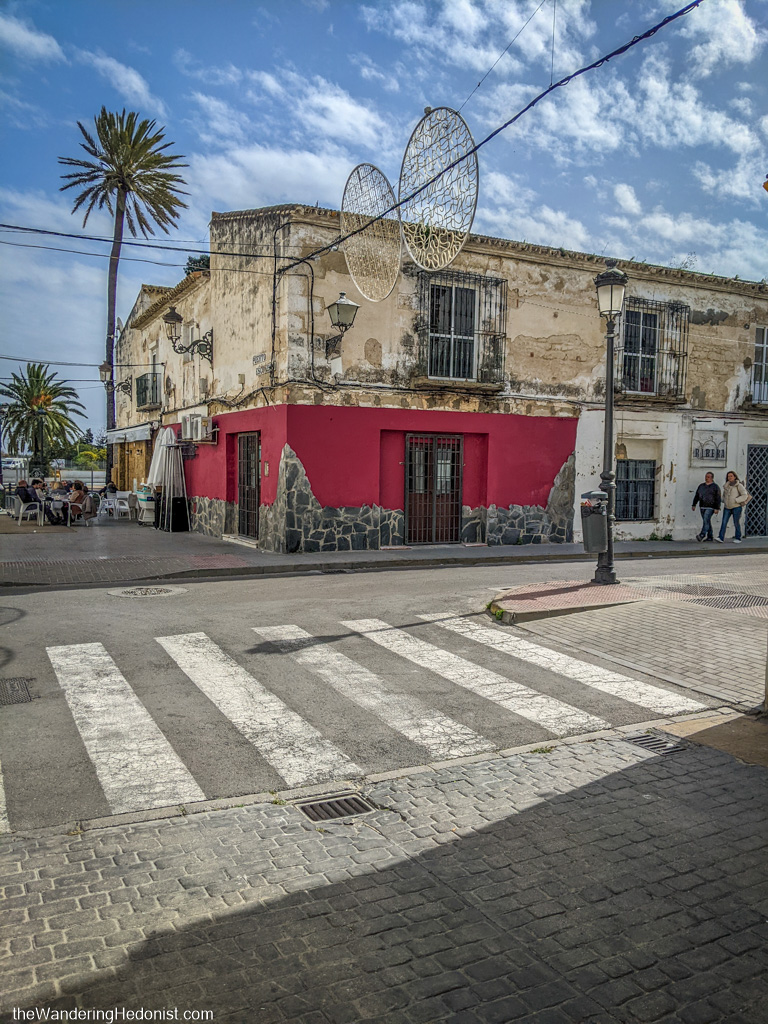
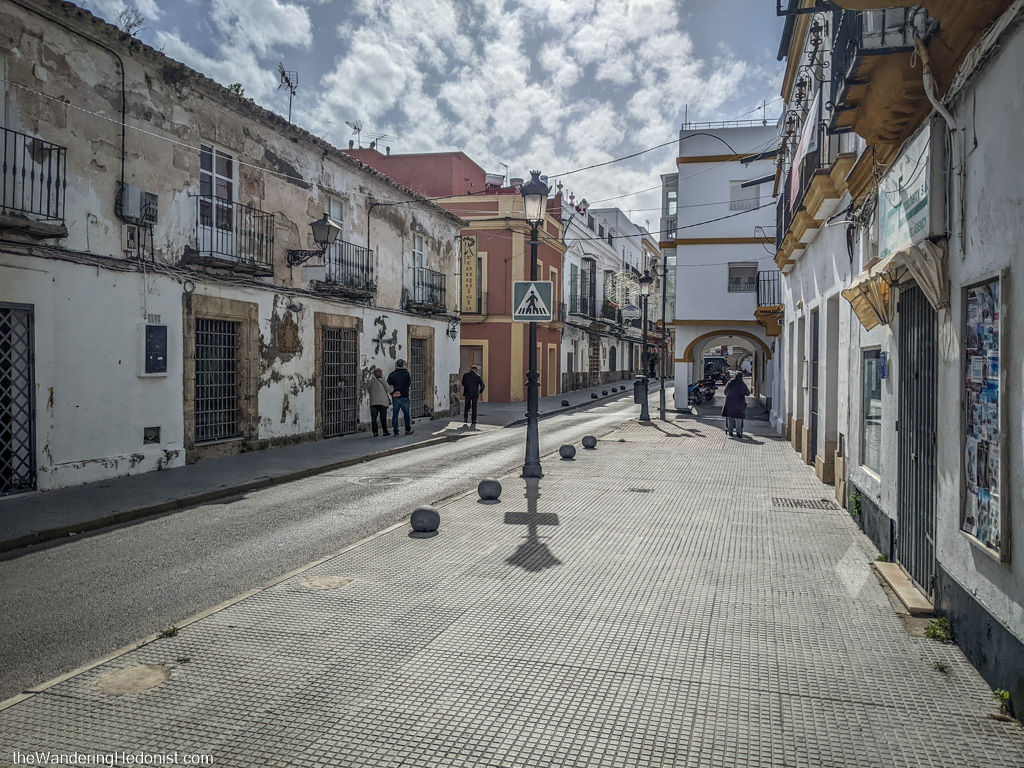
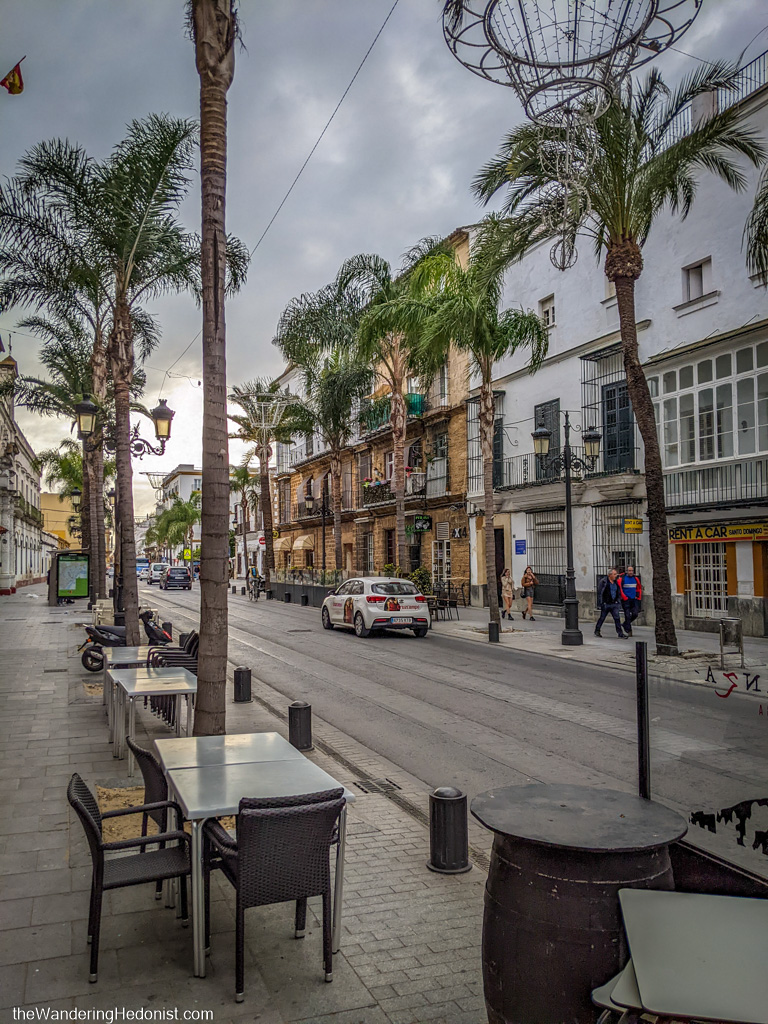
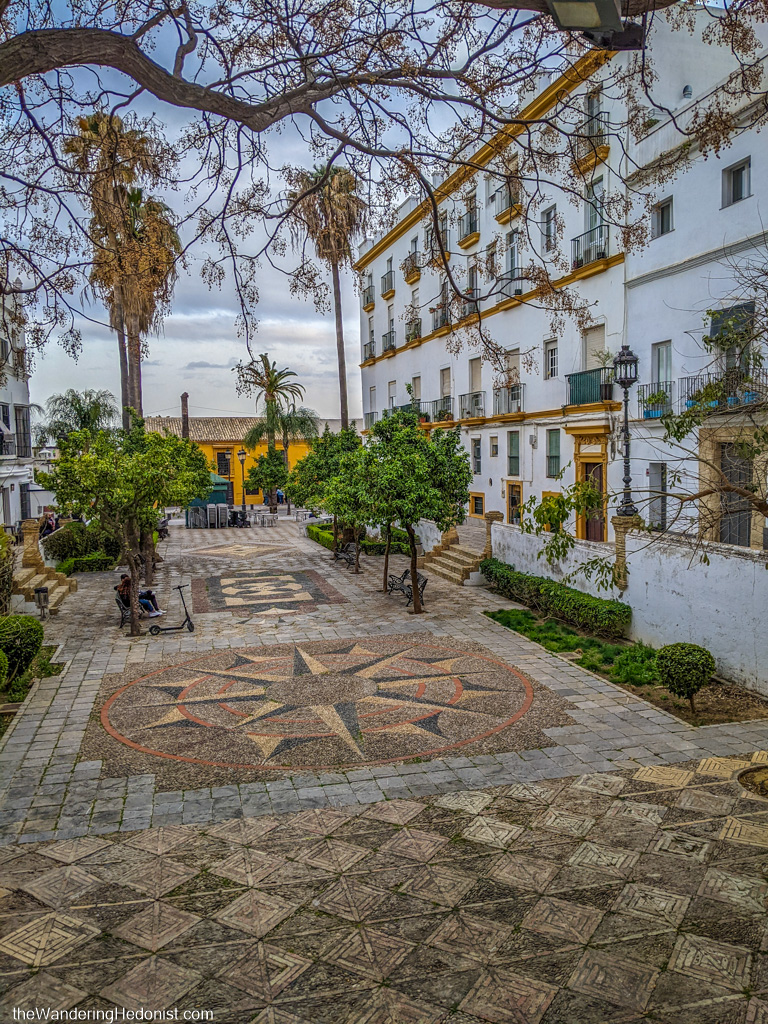
Bodega Del Castillo
In 1830 José Cabaleiro do Lago founded a winery adjacent to his oak wood business and soon began exporting wine to the UK and eventually the United States and South America under the name Antonio Caballero y Sobrinos. In the 1940’s and 50’s they relocated to El Puerto de Santa María and created the Luis Caballero SA company, eventually acquiring the Castillo de San Marcos and establishing Bodegas Caballero there. As the company grew they acquired additional wineries including Lustau in 1990 and now run a collection of wine and spirit businesses around the world.
Booking a tasting at the bodega includes a tour of the castle which is the cultural centerpiece to the city. An iconic yellow Mudéjar-style stone fortress with red script around the tower tops. At the end of the tour you get a brief look at one of their aging-houses on the castle property and then you’re led into a modern tasting room displaying products from all of their brands (of which Lustau is heavily represented). We sampled a fino, oloros, and cream selection of their locally produced wines, a Lustau vermouth, and one of their signature liquors, the Ponche Caballero, a mixture of sherry brandy and PX.
Castillo de San Marcos
This fortress was originally built as a small rural mosque in the 10th century and further fortified over the following centuries. When Alfonso X of Castile conquered the city in 1260, he converted the mosque into a church and installed an image of Nuestra Señora de Santa María del Puerto, an important figure to the former Christian inhabitants of the area. Columbus (Cristóbal Colón in Spain) stayed here for 2 years while petitioning funding for his first voyage. The local dukes had proposed funding and ships but the Spanish crown demanded the voyage disembark from a royal city instead of the independent dukedom to clarify the crown’s claim on the bounty. In the end the city reduced their original pledge and only provided a single ship, the Santa Maria, the flagship of the voyage.
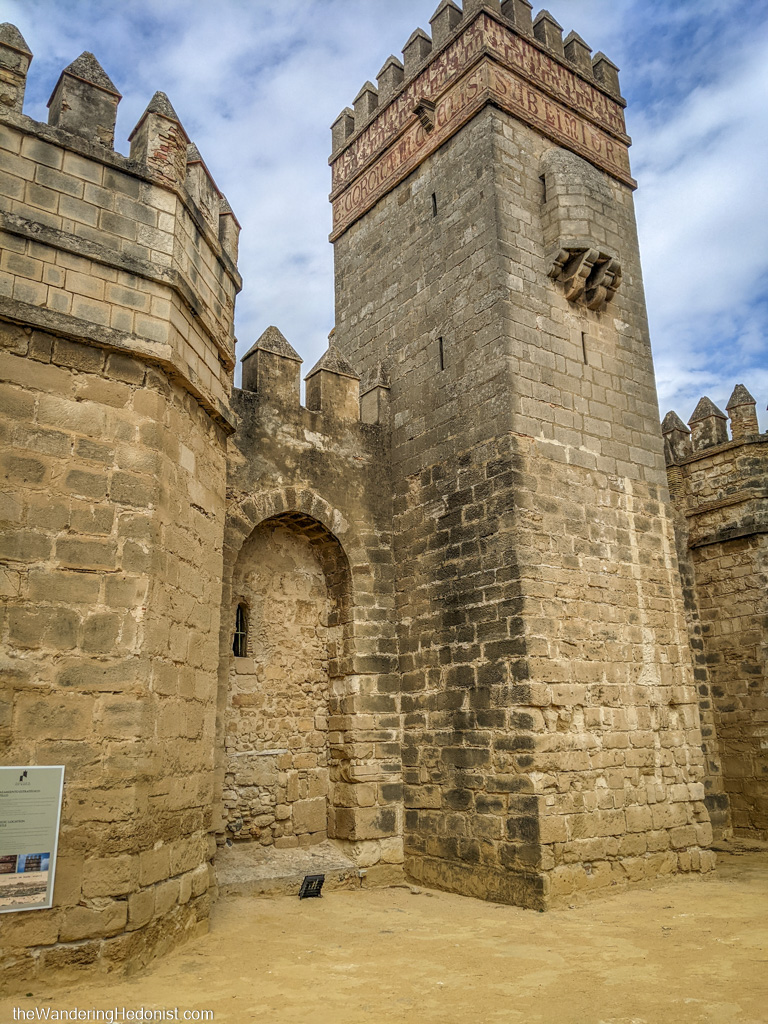
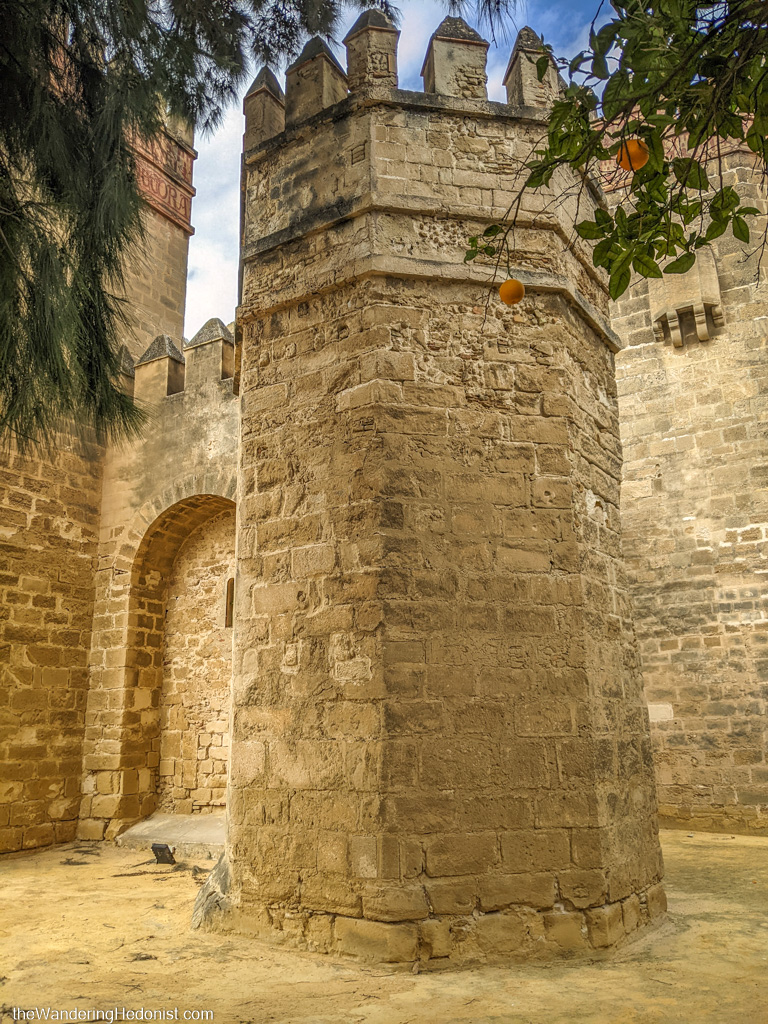
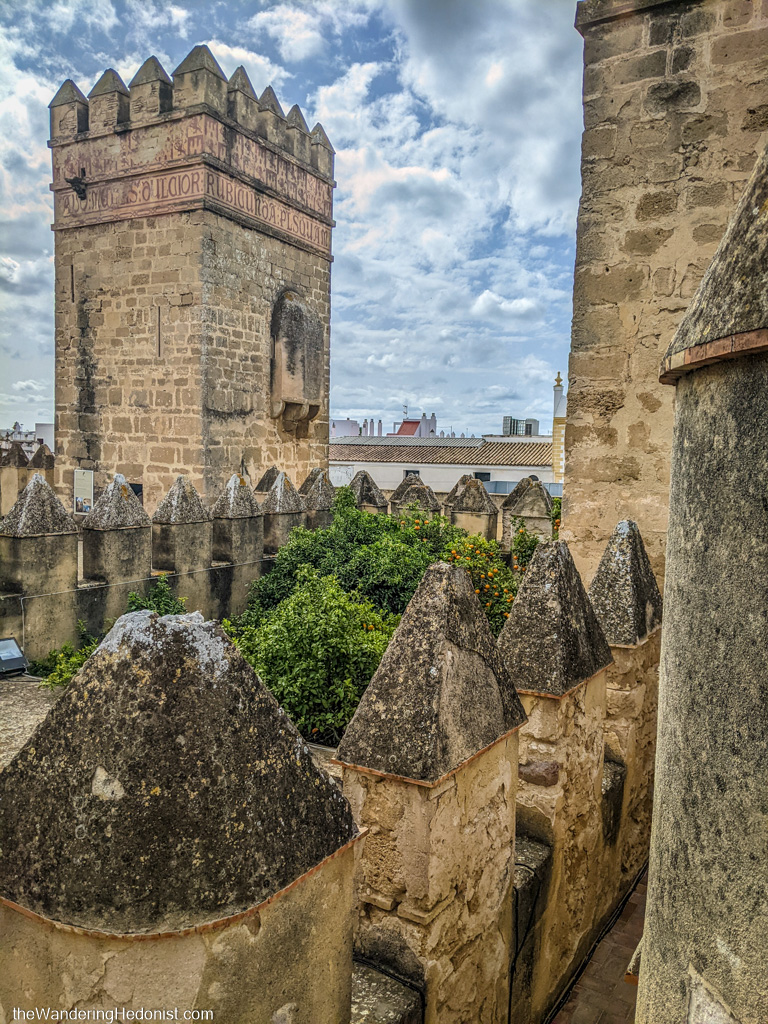
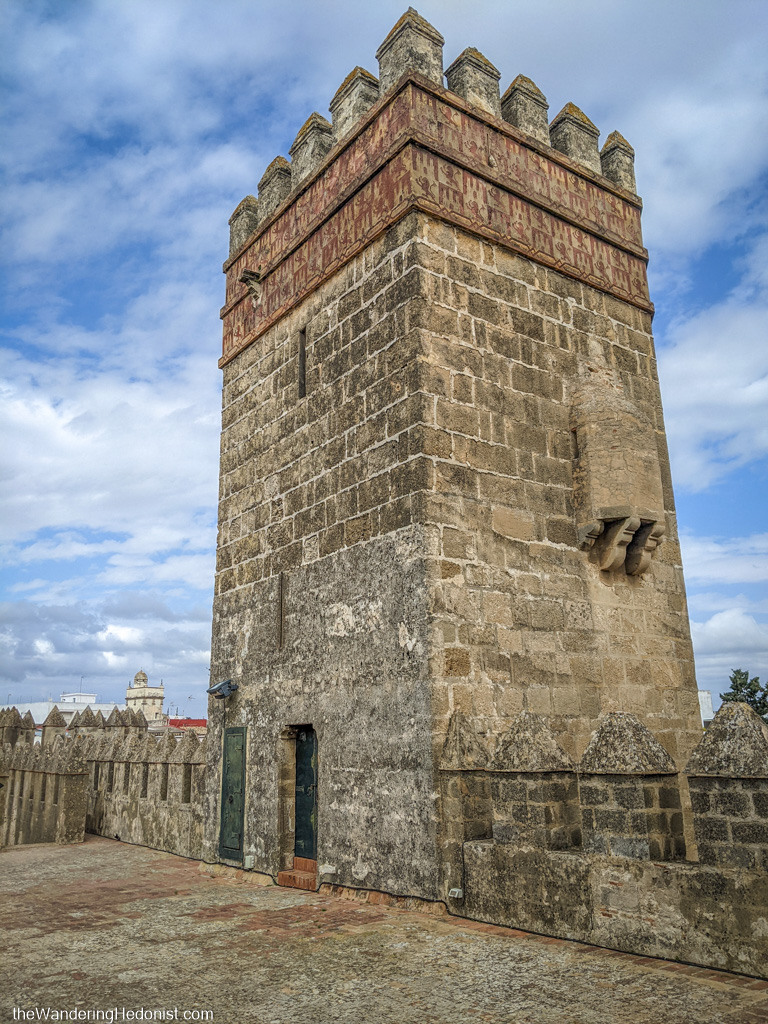
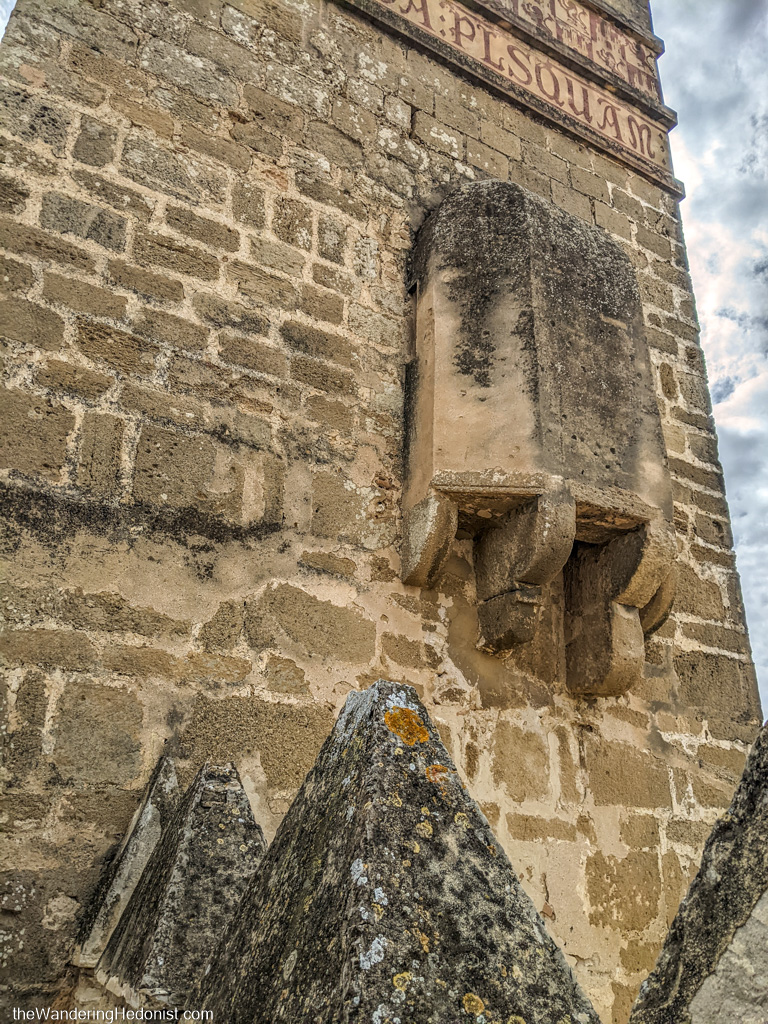
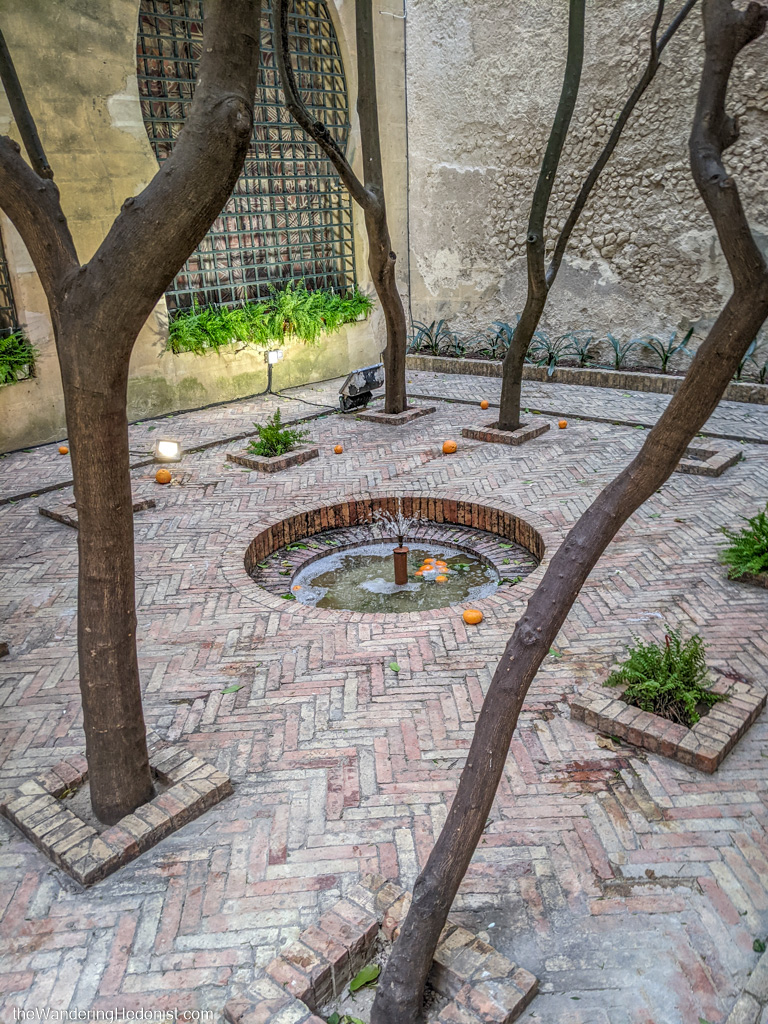
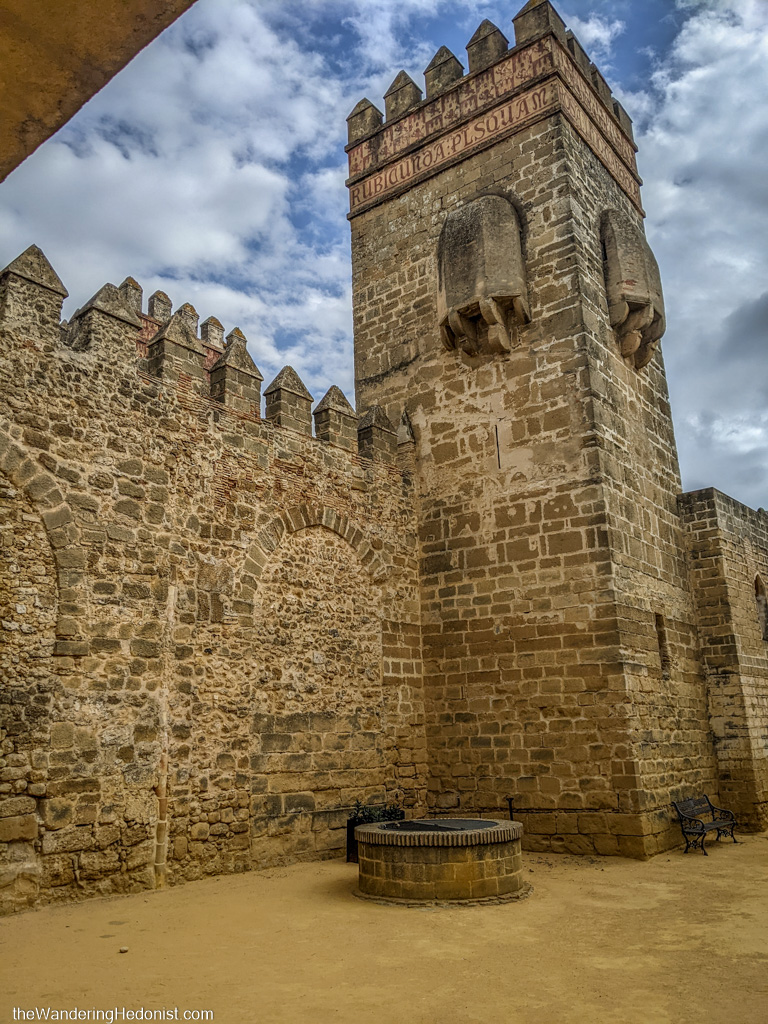
Restaurante Los Portales
We discovered this restaurant by walking by and noticing the full dining room, though it was on my list as a Michelin recognized place in town. The tables were white table cloth and the service traditional and attentive. The food was quite good and as we wanted a final blowout Spanish meal, we went all in and ate way too much for lunch with two desserts, several glasses of wine, and even a flaming Scottish coffee to finish it off. The local oysters were excellent and you can never go wrong with your own personal ramekin of foie gras.

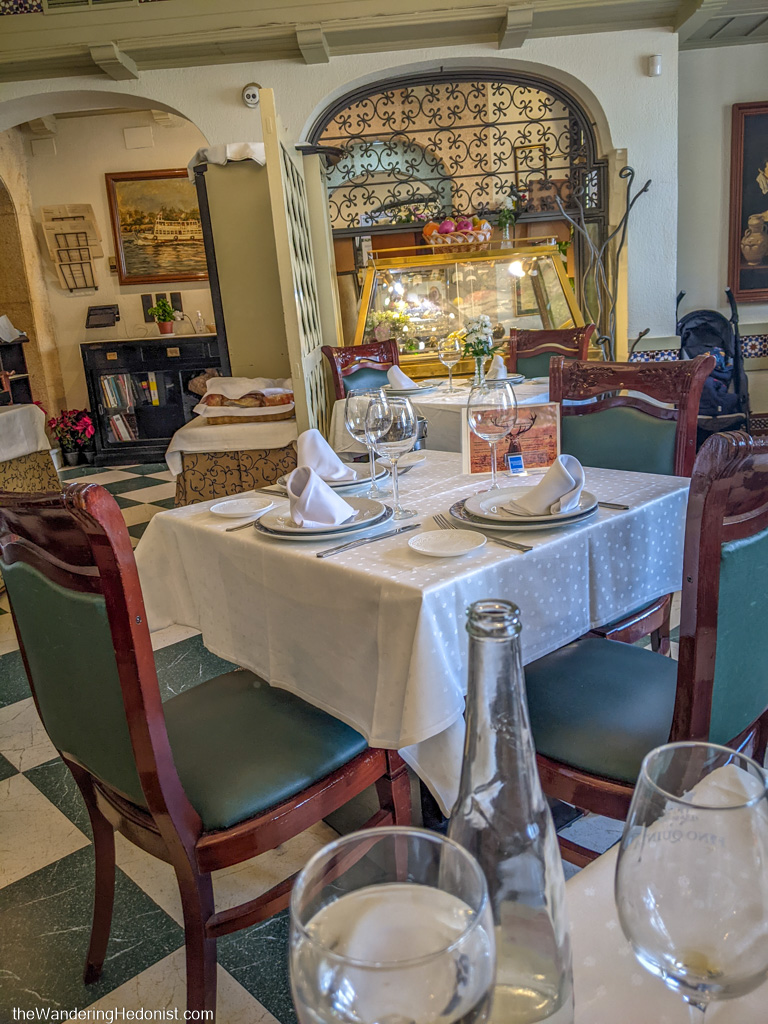
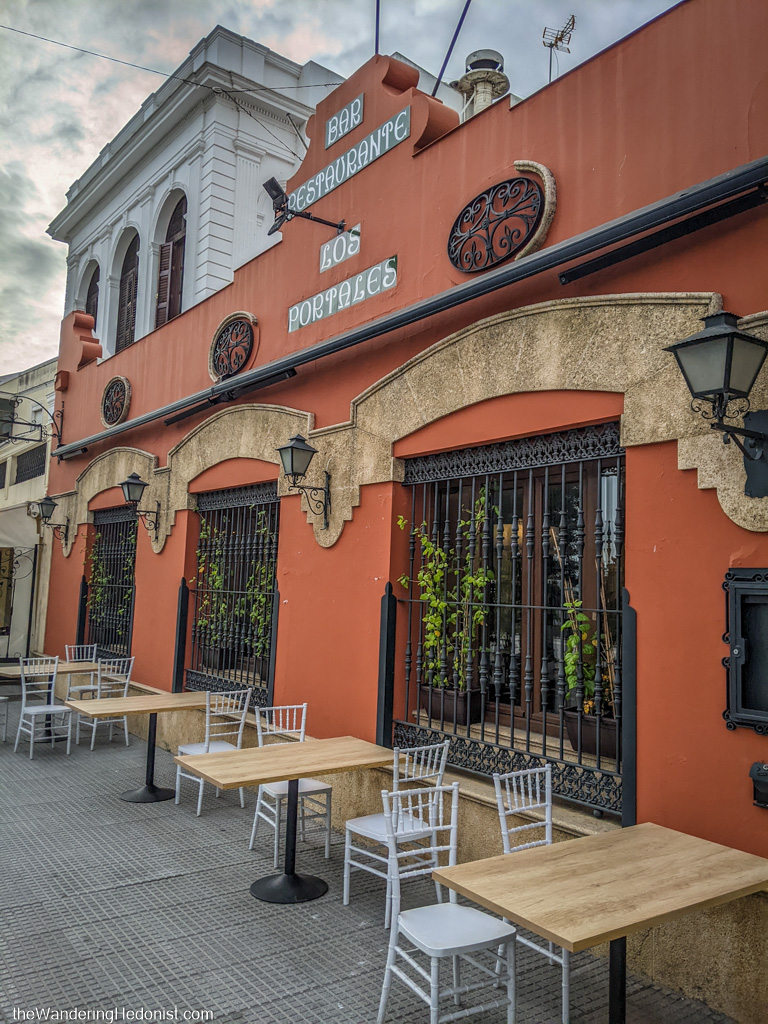
Carnival in El Puerto de Santa María
We didn’t realize in advance but we had wandered into the opening ceremonies of the town’s Carnival celebration. Carnival decorations had been erected along the streets and decorations around the castle. A stage had been erected in the square by the castle and hordes of costumed children streamed in for the live music and shows. The crowds in the street (both adult and children) were costumed and revelous and cafes were filled with happy people. Along the river that runs through town carnival rides were being assembled.
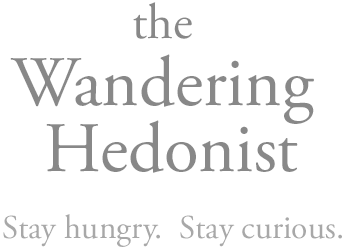
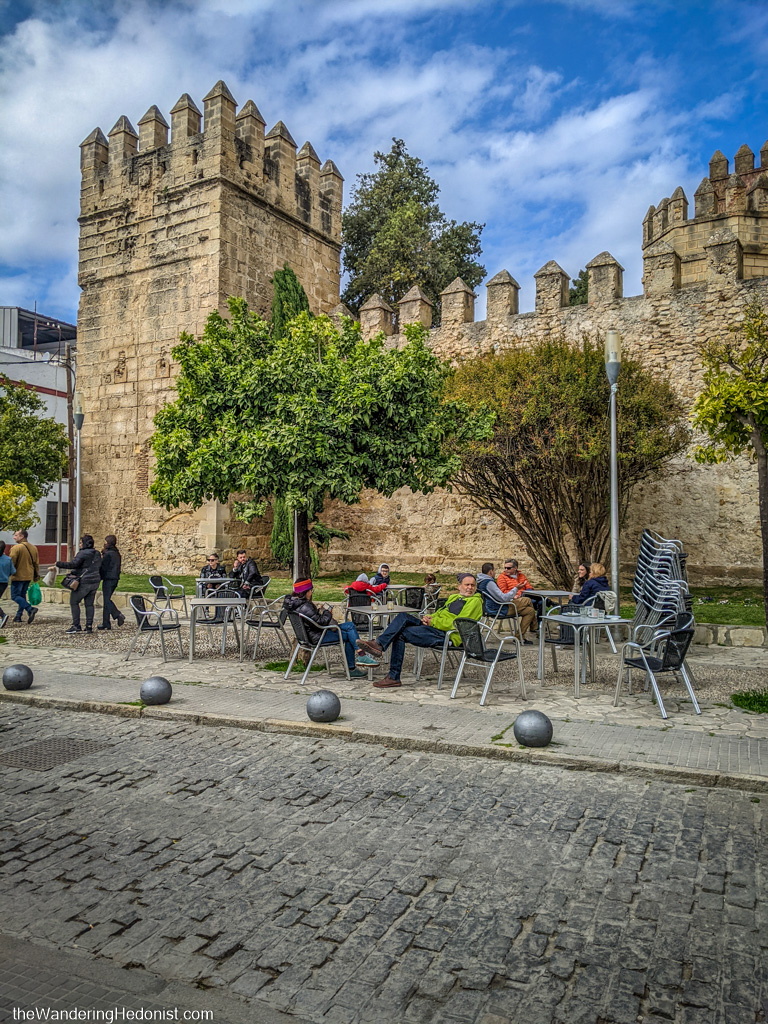
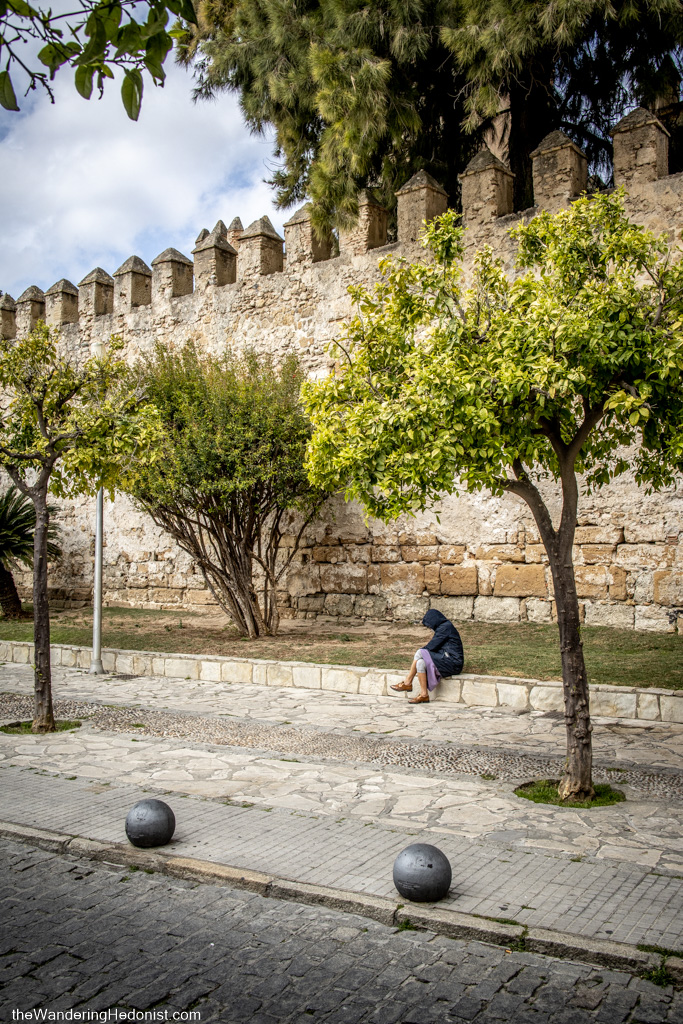



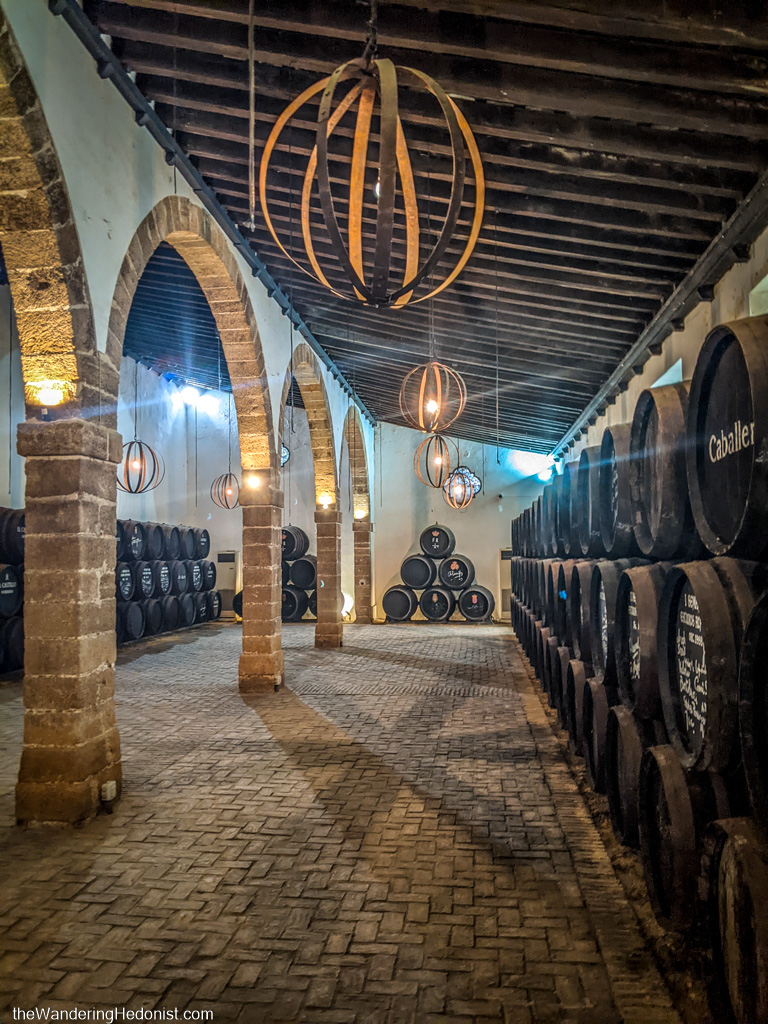



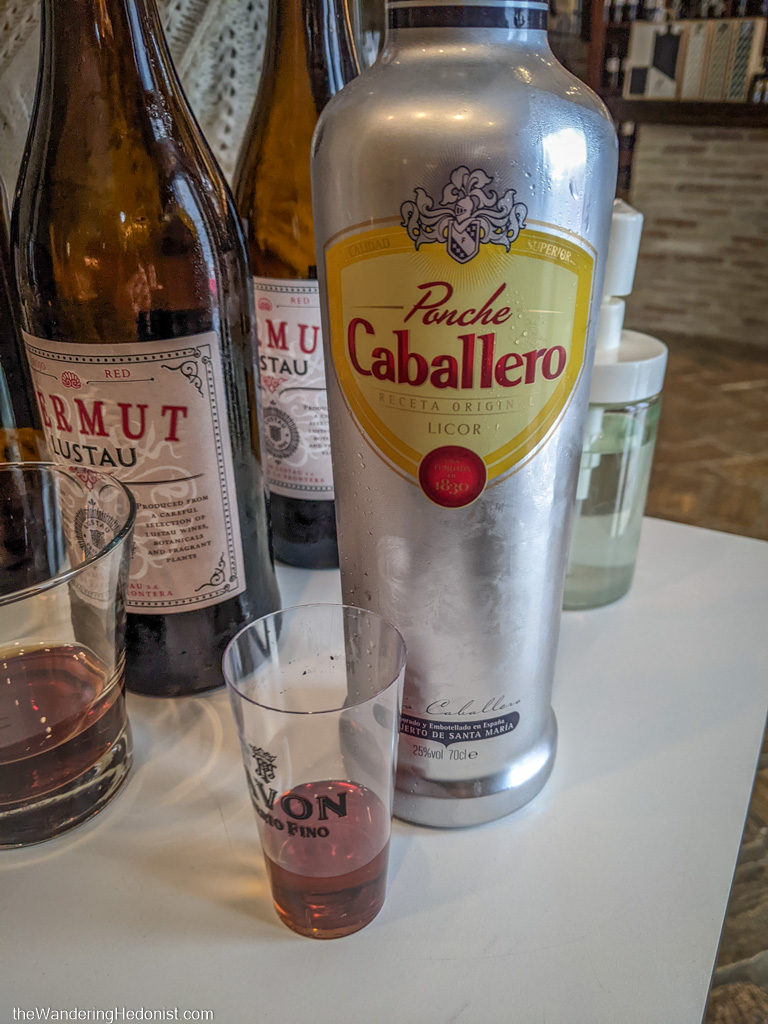
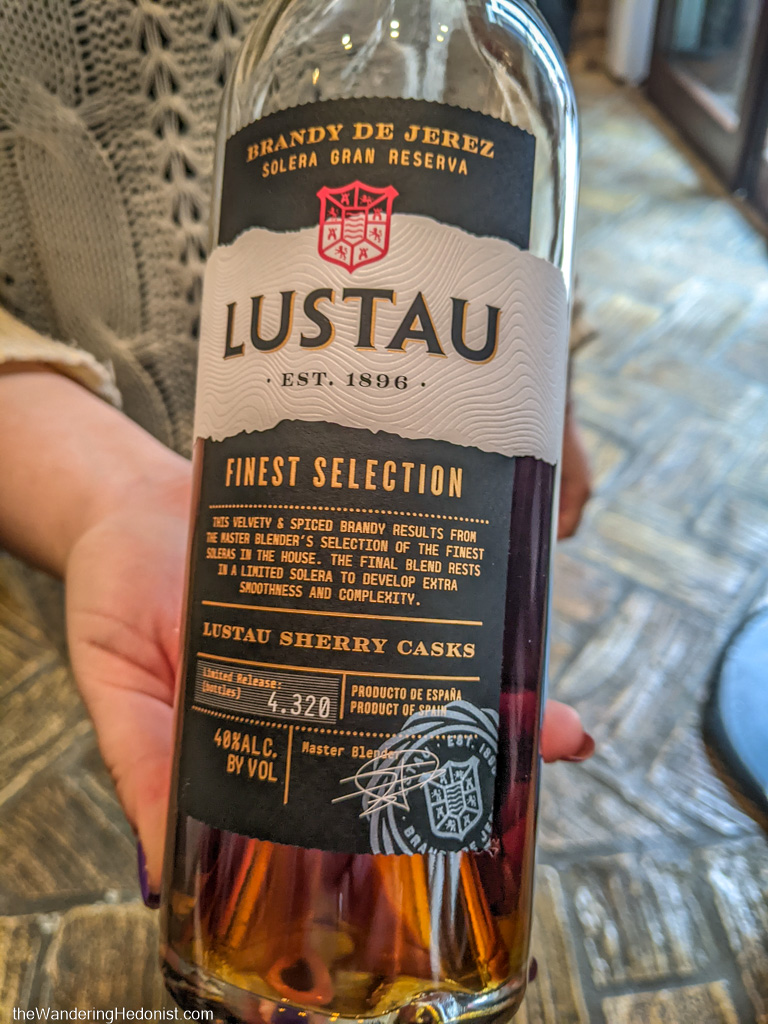






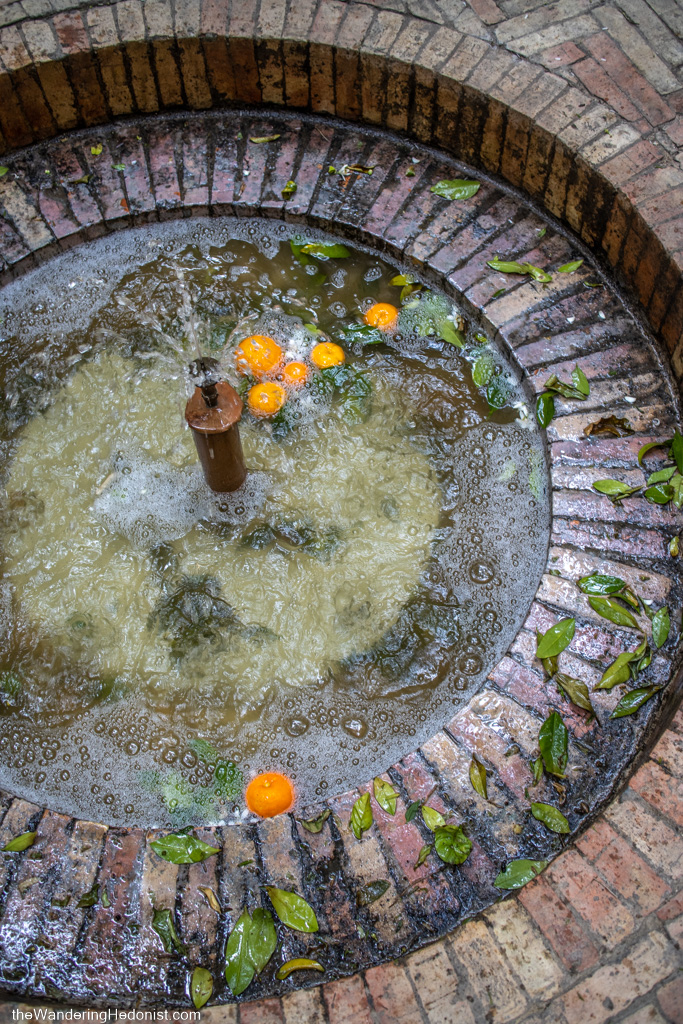






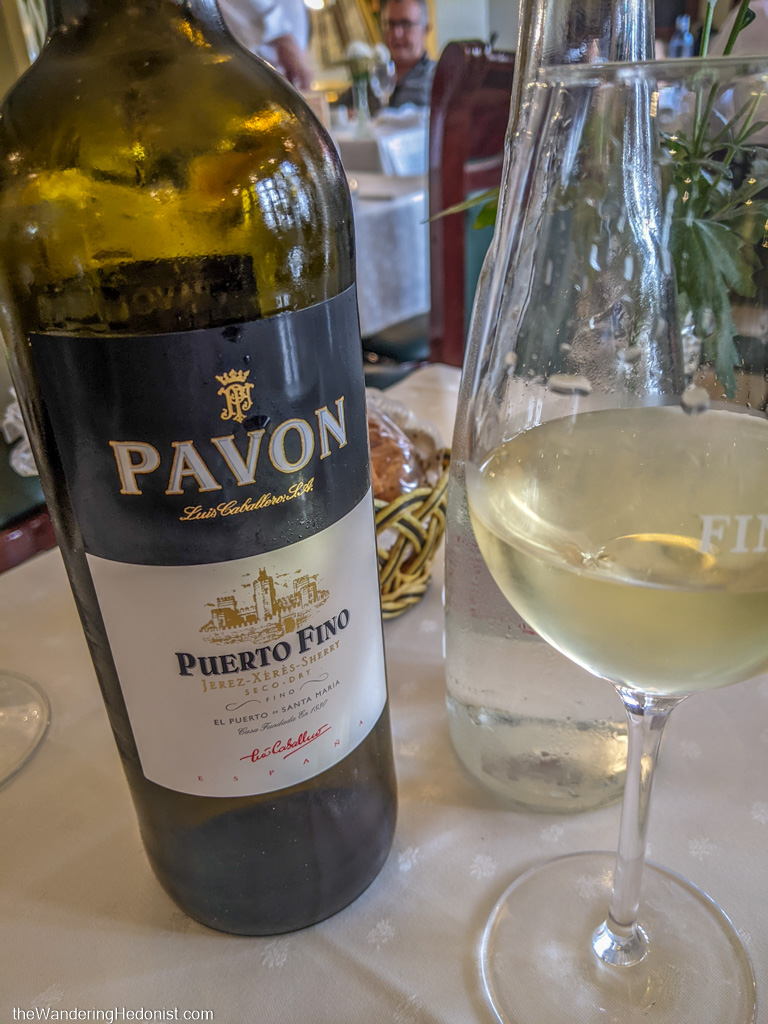

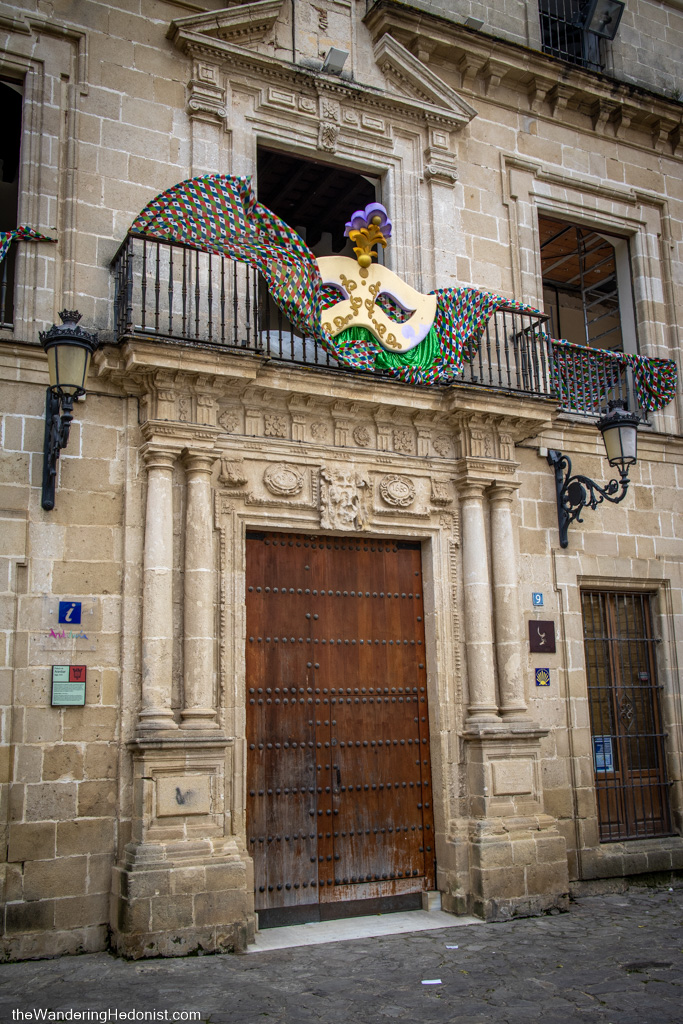
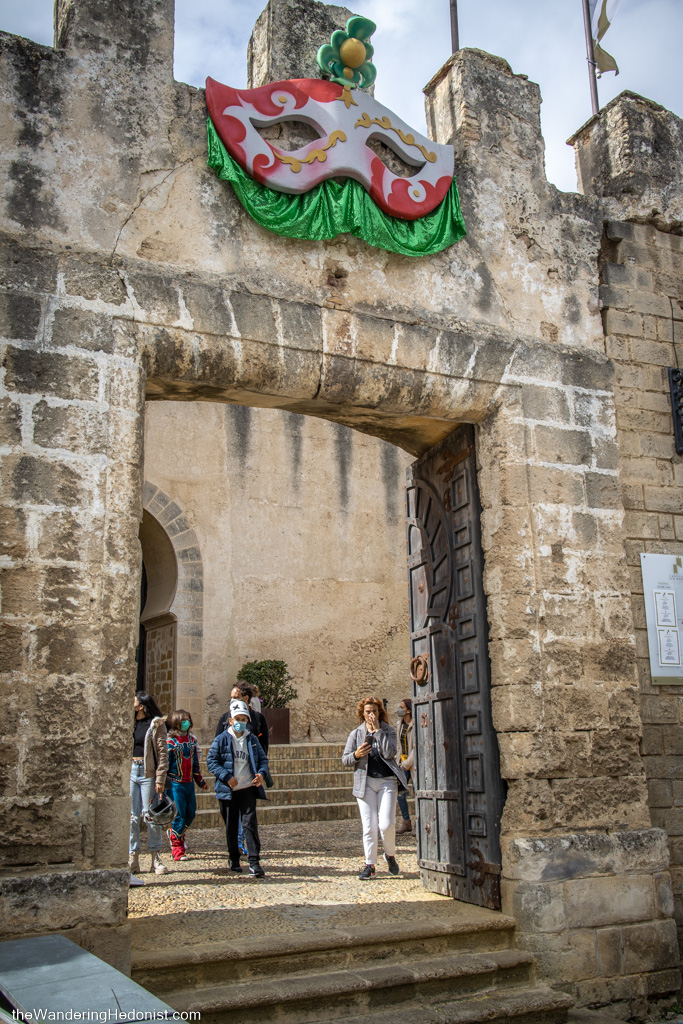

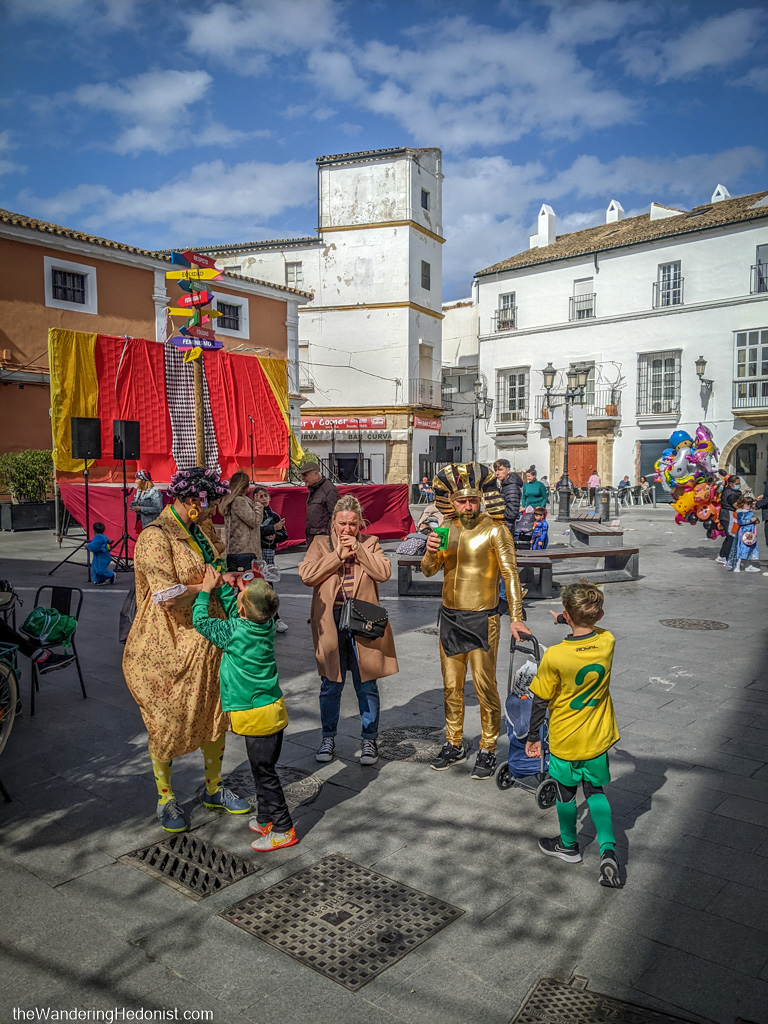

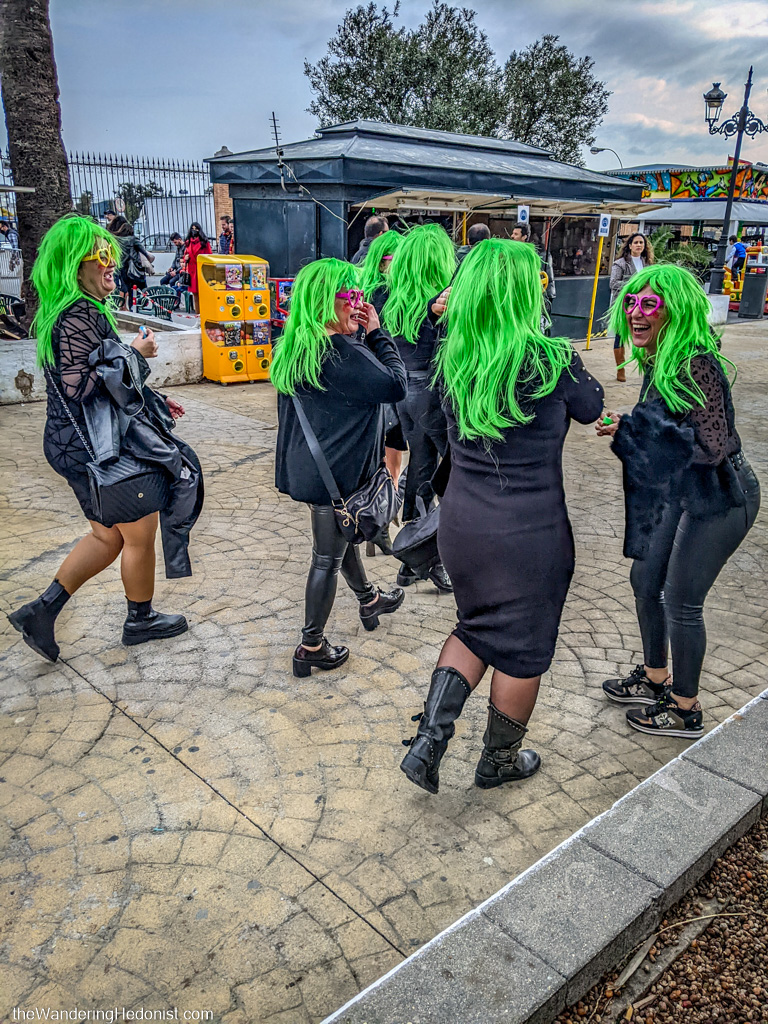

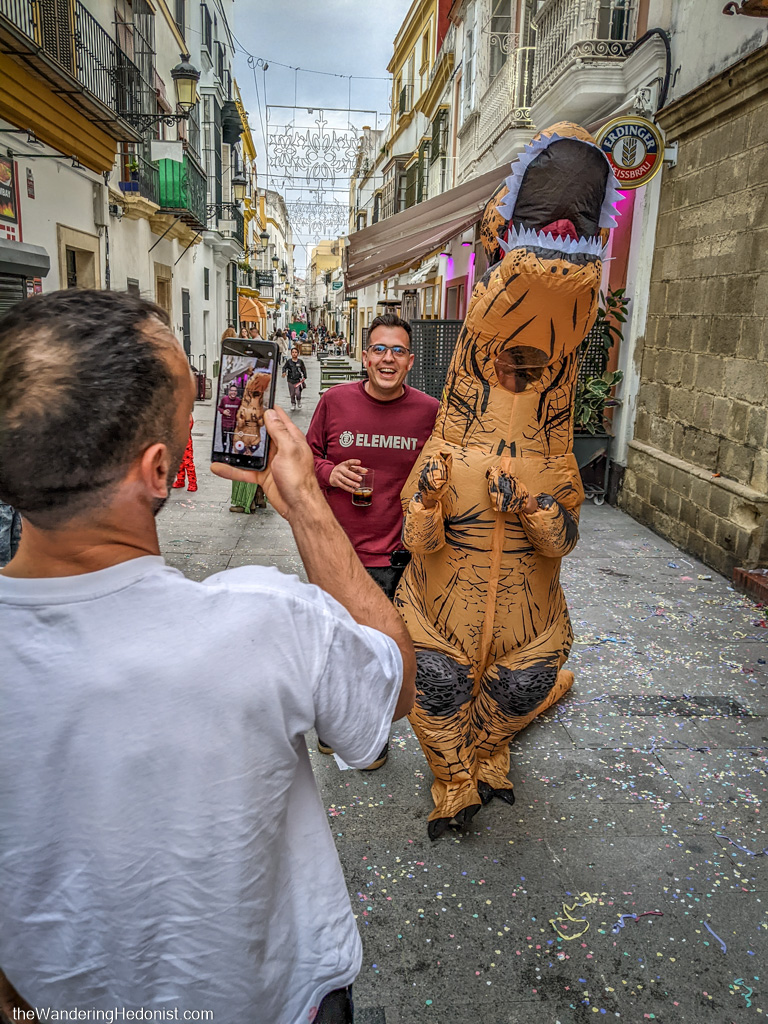
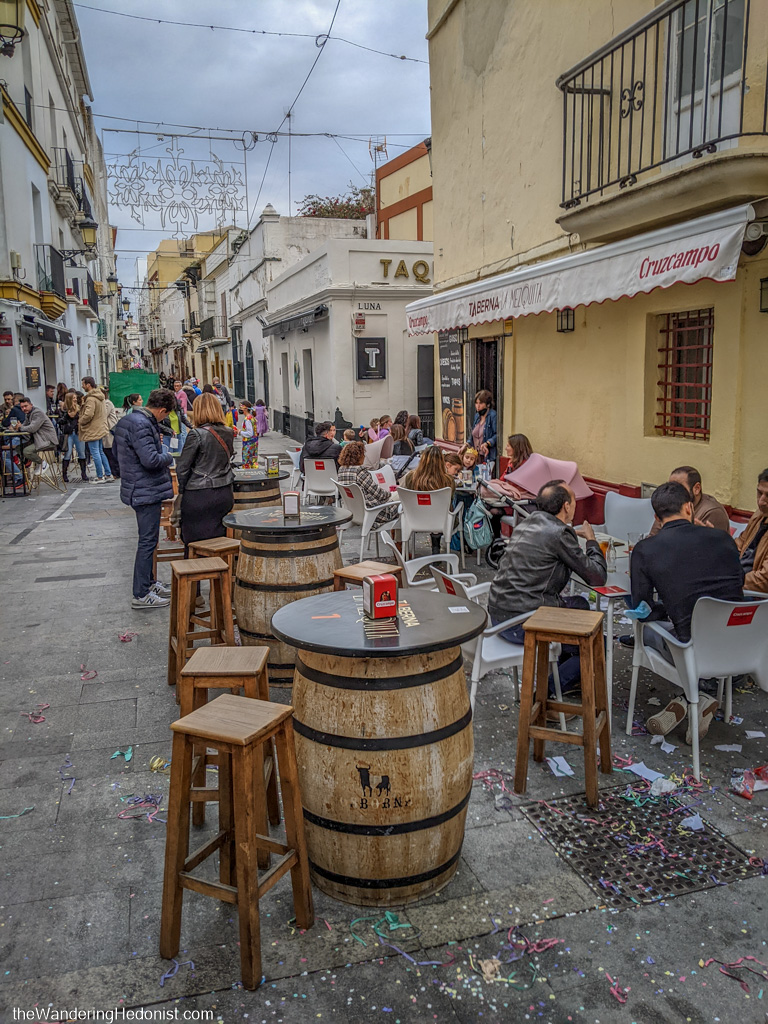
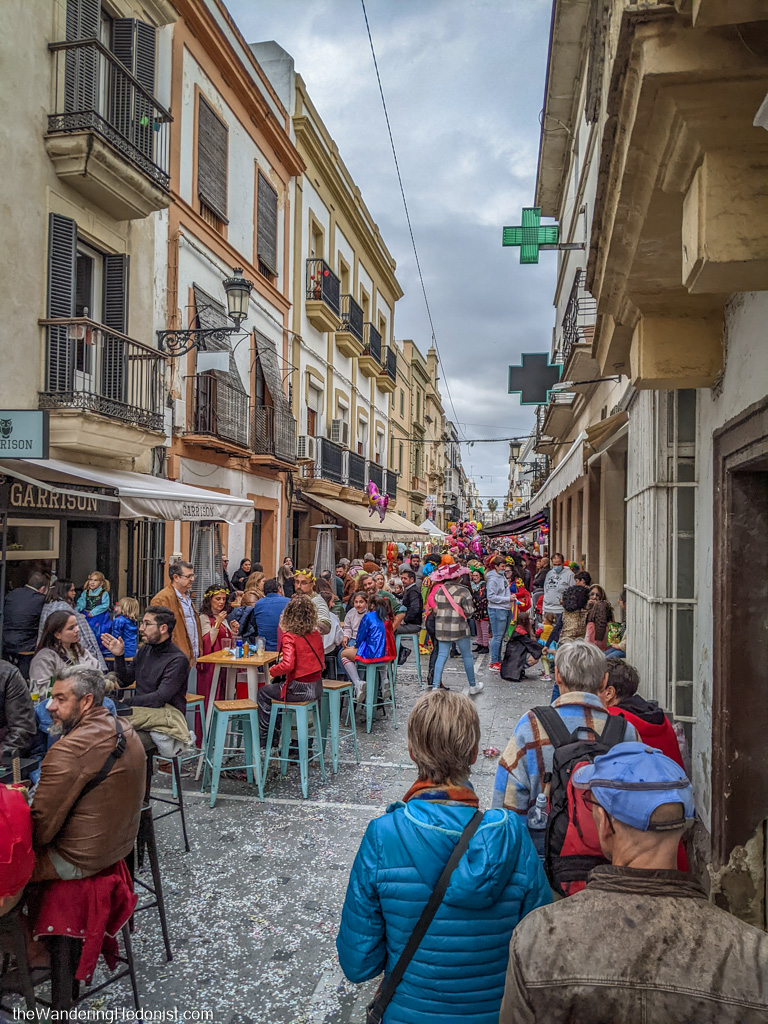
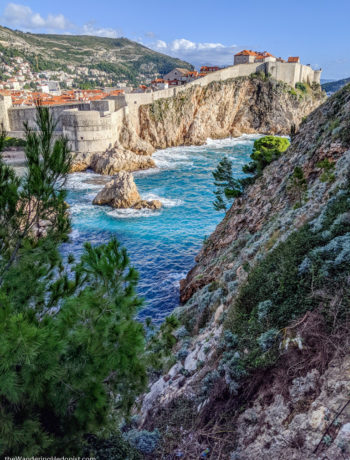
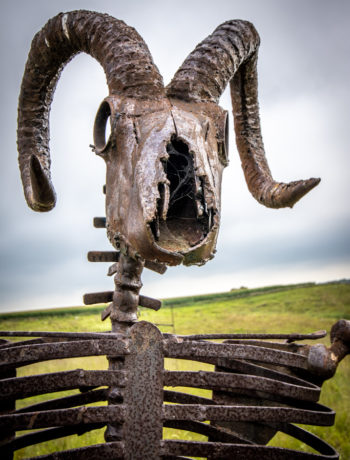
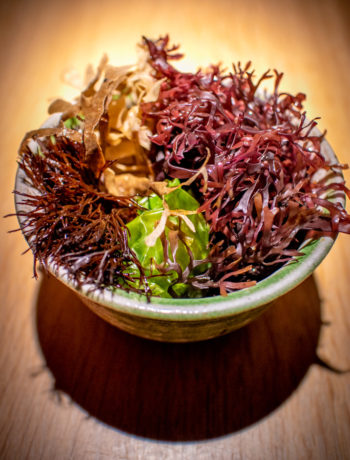
No Comments